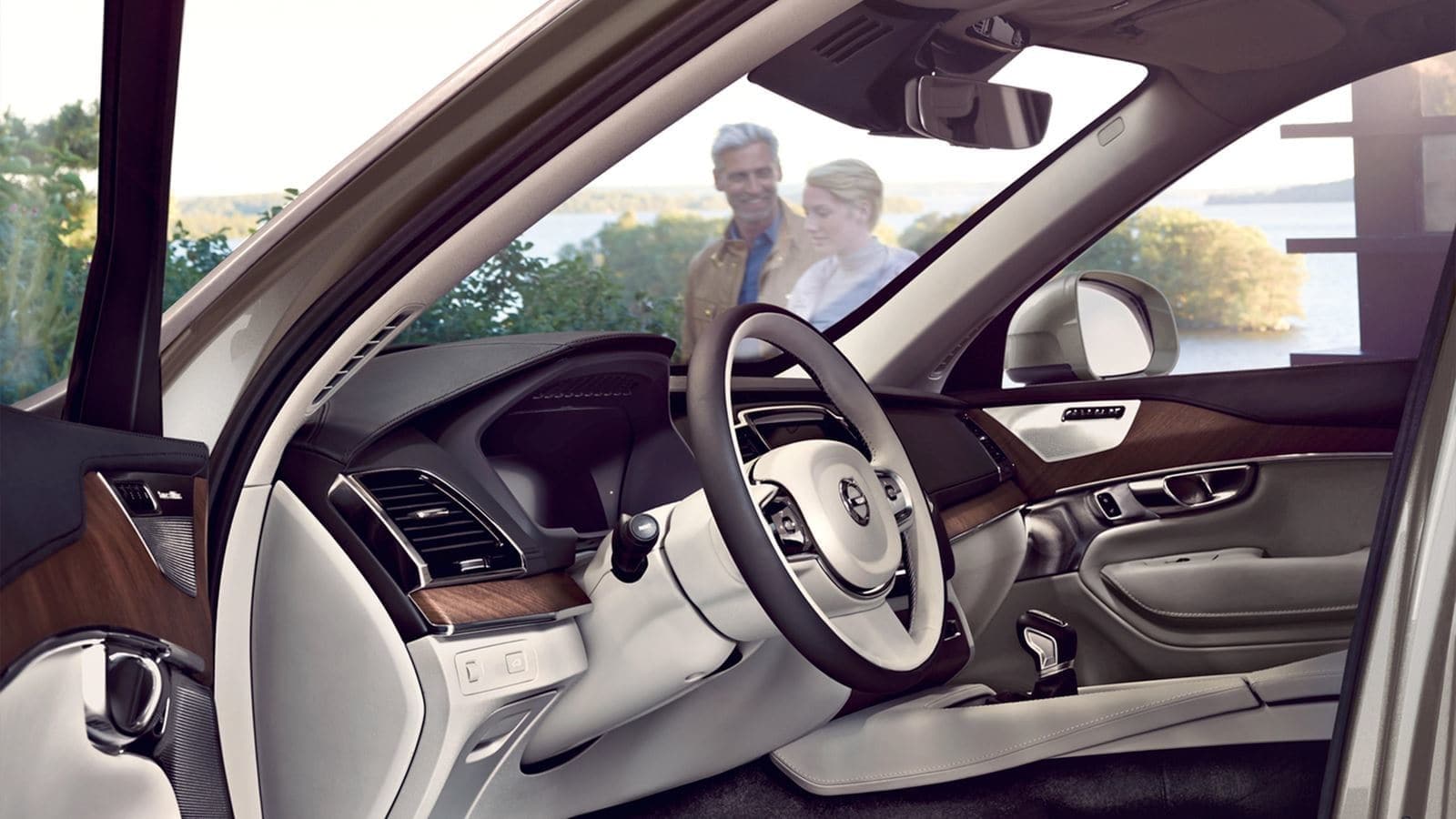
The more time passes, the more we’re rethinking our relationships to our cars. In many places, traditional leasing and ownership is declining as ride sharing services like Uber and Lyft become more popular. If you’re considering driving for a ridesharing company as a way to pay off your car or make a few extra dollars, what should you know? Fields Volvo Northfield takes a closer look.
Every company’s requirements are subtly different, but since Uber is the industry’s biggest player, let’s take a look at theirs.
- Your car must be ten years old or newer
- It must be a four-door vehicle (car, SUV, minivan, or truck)
- In addition to the driver, it must be able to carry four seat-belted passengers
- The vehicle must pass an inspection and its driver must pass a background check
- The driver must have insurance
- Vehicles with commercial markings or salvage titles will not qualify; nor will taxis or full-sized vans
First, the good news: literally any new Volvo vehicle would qualify. Some are better for city traffic like the smaller Volvo XC40 and Volvo S60, while larger 90 models — the Volvo XC90 SUV, Volvo S90 sedan, and Volvo V90 wagon — are good for the times when you’re hauling both passengers and their belongings or luggage.
Now the bad news: besides tax issues and insurance problems, you’re going to want to think twice if you’re leasing a new Volvo car. That’s because you’ll be much more likely to incur wear and mileage penalties.
We suggest talking to a tax professional and your insurance agent about the tax and insurance issues, and talking to your Volvo dealer about the ins and outs of rideshare programs, before getting started. If you live in the Evanston area, you can get answers to all your Volvo vehicle questions right here at 770 Frontage Road.